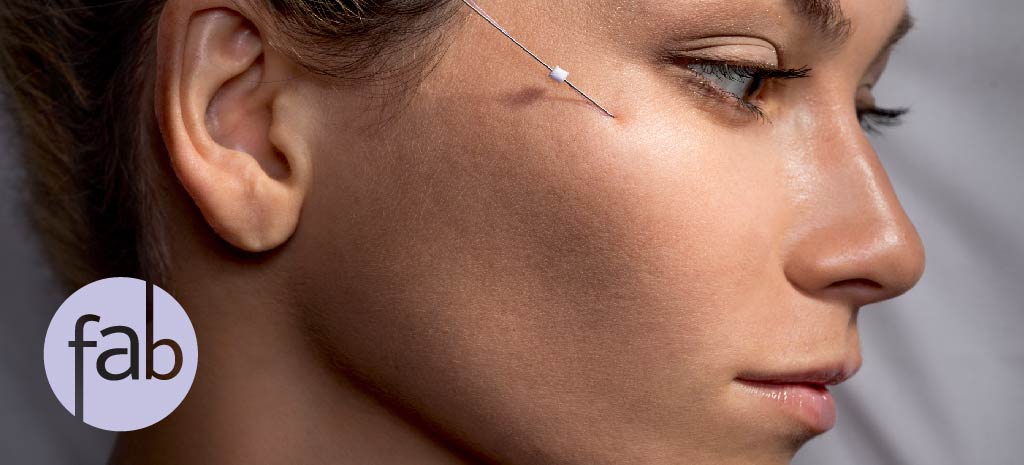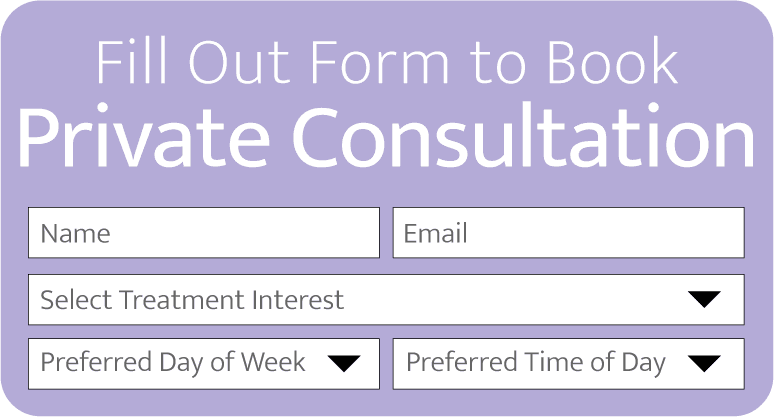If you’ve just had a facelift or are thinking of getting one, understanding and implementing the proper after-surgery care is important for a quick and smooth recovery. If you’re unsure of how to care for your wounds the right way or are interested in seeing what the post-care of a facelift includes, read on.
Below is the ultimate guide to facelift after-surgery care, featuring how you should care for your face the night of surgery to 30 days after.
What is a Facelift Procedure?
A facelift is a cosmetic procedure that surgically tightens the skin to produce a younger appearance. It can help reduce skin folds on the face, wrinkles, and sagging skin.
Facelifts are popular with older individuals who are showing more advanced signs of aging, especially for those who want to reduce sagging skin on their jawline, neck, or face.
Since a facelift is technically a surgical procedure, you should discuss anesthetics with your doctor as well as any concerns you may have before surgery. Your doctor will help you choose the best surgery options to ensure your procedure is not only effective but also free from any potential complications as much as possible.
What is the Procedure for a Facelift?
During a facelift procedure, small incisions are made and flaps of skin on each side of the face is pulled back. Due to this action, the tissue below is altered to make the face look more contoured and youthful.
Before closing the flaps, any excess skin will be removed. If a neck lift is also desired, this can be performed along with a facelift since both are similar.
Then your incisions will be carefully stitched up and a dressing will be wrapped around your head to cover and protect the treatment area.
How to Prepare Before Your Facelift Procedure
Before surgery, you will have a consultation with your plastic surgeon. At this appointment, you and your doctor will discuss your personal aesthetic goals and your doctor will go over the procedure with you and give you specific directions for care before your surgery.
Be prepared to answer any medical history questions your doctor may have. Along with your medical history, tell the doctor any medications you are taking or will be taking at the time of surgery.
Follow your doctor’s directions regarding what medications you should or should not be taking. On the day of surgery, you’ll want to wash your face with mild soap and water or a gentle cleanser. You will be asked not to eat anything after midnight just before your surgery as part of preparation.
Be sure to arrange a family member or friend to take you to and from your surgery. Ideally, this person will stay with you the first night.
After Surgery Care
To help your post-care be as simple as possible, we’ve broken instructions up into four sections. Below you will find what to do immediately after surgery, the night of, the next few days, and ongoing daily care.
Immediately Following Your Facelift Procedure
After your surgery, you will be sent home with fresh dressings. It’s important to follow your doctor’s specific instructions on how and when to remove the dressings as this will ensure your incisions heal properly. Usually, it’s recommended to remove the bandages when you wake up the following morning.
The first day after surgery, you may feel a bit sleepy and unsteady. That’s why it’s important to rest and allow your body to heal.
Please note that any pain discomfort you experience the first day after surgery will be the most intense. You shouldn’t worry as this is normal and should begin to subside after the first day.
When looking in the mirror you might be shocked to see bruising and post-surgery swelling. Don’t worry because bruising is normal and will heal along with your wounds.
You will also notice some post-surgery swelling. This is also normal and will go away as your face heals with proper care.
The Night After Surgery
The first night following your surgery may be the most uncomfortable to get through, which is why we highly recommend having someone stay with you the first night.
This person can help you with medications, change your dressings, and even help you get things such as food and beverages since you may be in a bit of pain. You’ll also need to keep your head elevated the first night. This helps your wounds drain properly and prevents infections.
The easiest way to keep your head elevated is to sleep in a recliner. If you don’t have a recliner, you can sleep with several pillows under your head. It’s ideal for your head to be at a 45-degree angle and to not roll onto your face when sleeping. Properly elevating your head will help shorten recovery time.
The Next Few Days After Surgery
Your head should be elevated for at least three days after surgery. Be sure to follow your doctor’s specific directions on how long to keep your head elevated. Usually, your first follow up appointment is scheduled around 2 to 3 days after your surgery.
The first day after surgery you will be allowed to remove your dressings. At this time you can shower, but be very mindful of your incisions. You don’t want your wounds to get too wet because it can lead to infection. Also, use soaps that are specified by your doctor.
After your shower, apply new, clean dressings to your face. These new dressings should be wrapped tightly and properly secured. If you don’t wrap the bandages tight, it will take longer for swelling to be reduced.
A good rule of thumb is to change your dressings daily unless instructed otherwise by your doctor. When removing your bandages, you should monitor your incisions to ensure they look healthy and do not appear to be infected.
For the next few days, you’ll be required to go over the incisions with a Q-tip dipped in hydrogen peroxide. You will then carefully apply antibiotic ointment to the incisions.
Four to six days after your surgery, you should notice swelling beginning to dissipate. Your pain level should also substantially decrease and you’ll start to feel better.
The Follow Up Appointment
Within two weeks after your surgery, you will be see the plastic surgeon in a post-op appointment. During this appointment, your doctor will remove most of your stitches and/or staples from your face.
The doctor will also make sure that the wounds look healthy and are healing properly. If you notice any bleeding, the feeling of heat around the incisions, yellow discharge, have a fever, or experience any complications before your scheduled appointment, you should call the doctor immediately.
Daily Care
Daily care is important to ensure there are no complications or infections. You should follow all wound care directions specified by your doctor.
Do not pick at any scabs after your facelift. Let them dry out and fall off on their own. Picking will prolong the healing process, increase chances of scarring, and even put you at a higher risk of infection.
You should also wear shirts that you can slip on and off easily. Usually, button-down shirts are the easiest to wear after your surgery.
Being mindful of your sun exposure during the first three weeks is very important. You shouldn’t let your incisions be exposed to direct sunlight for the first few days. This means no tanning at all.
Don’t use any products that will irritate the skin around your wounds. Use gentle soaps and cleansers and stay away from products that aren’t fragrance-free or hypoallergenic.
Another important step in the recovery process is to stay hydrated. You should drink anywhere from six to eight glasses of water a day. This will help to flush out toxins and give your skin the hydration it needs to heal.
When Can I Wear Makeup?
If your wounds are still fresh and have yet to heal properly, then makeup should not be worn. You definitely don’t want foundation or powder getting into your open wounds and leading to infection.
If your stitches have been removed and your scars are healing nicely, then you can start wearing makeup (usually 2 weeks), but we recommend being cautious until your face is fully healed.
Before using makeup, you should talk with your doctor. They will give you the green light on when to apply your makeup as well as provide some guidelines on what you should and shouldn’t use on your face.
The first few times you wear makeup after your procedure, you should likely be using mineral makeup. Mineral-based makeup is gentle on the skin while providing amazing coverage.
If you still have slight bruising on your face, you can go ahead and use a mineral-based color corrector to help cover it. A green color corrector will help to cover up bruising and any redness that remains on your face.
It’s important to wash your skin thoroughly each night. This should be done with gentle cleansers or soaps as recommended by your doctor.
Recovery After 30 Days
One month after your surgery, healing should be complete and you should feel like your old self again. Pain, swelling, and bruising should be substantially (if not completely) subsided. There may be some lingering bruising and swelling, which you can experience some degree of these side effects for several months after your surgery date.
At this point, you should be back to doing your normal, everyday activities.
You can resume your workout routine and even tan if you’d like. You may feel some tightness in your face while doing physical activities, but this is normal and will subside in the next few weeks.
Time To Begin the Healing Process
If you’re thinking about getting a facelift or have just had one, these tips will help you with proper after-surgery care. From just before surgery to one month after, you now know the dos and don’ts of facelift surgery aftercare.
You now know that bruising and swelling are normal and can take several months to fully subside, and you know that sun exposure after surgery isn’t a good idea and the precautions with wearing makeup.
You’re also aware of what to do immediately after surgery and the next few days that follow, and how to properly care for your wounds on a daily basis. By using this guide, you will be on the road to a speedy recovery in no time.
Remember to pay attention to your doctor’s orders because they know best and will help you have a fast and smooth recovery.
For more information on plastic surgery please check out our website here.











